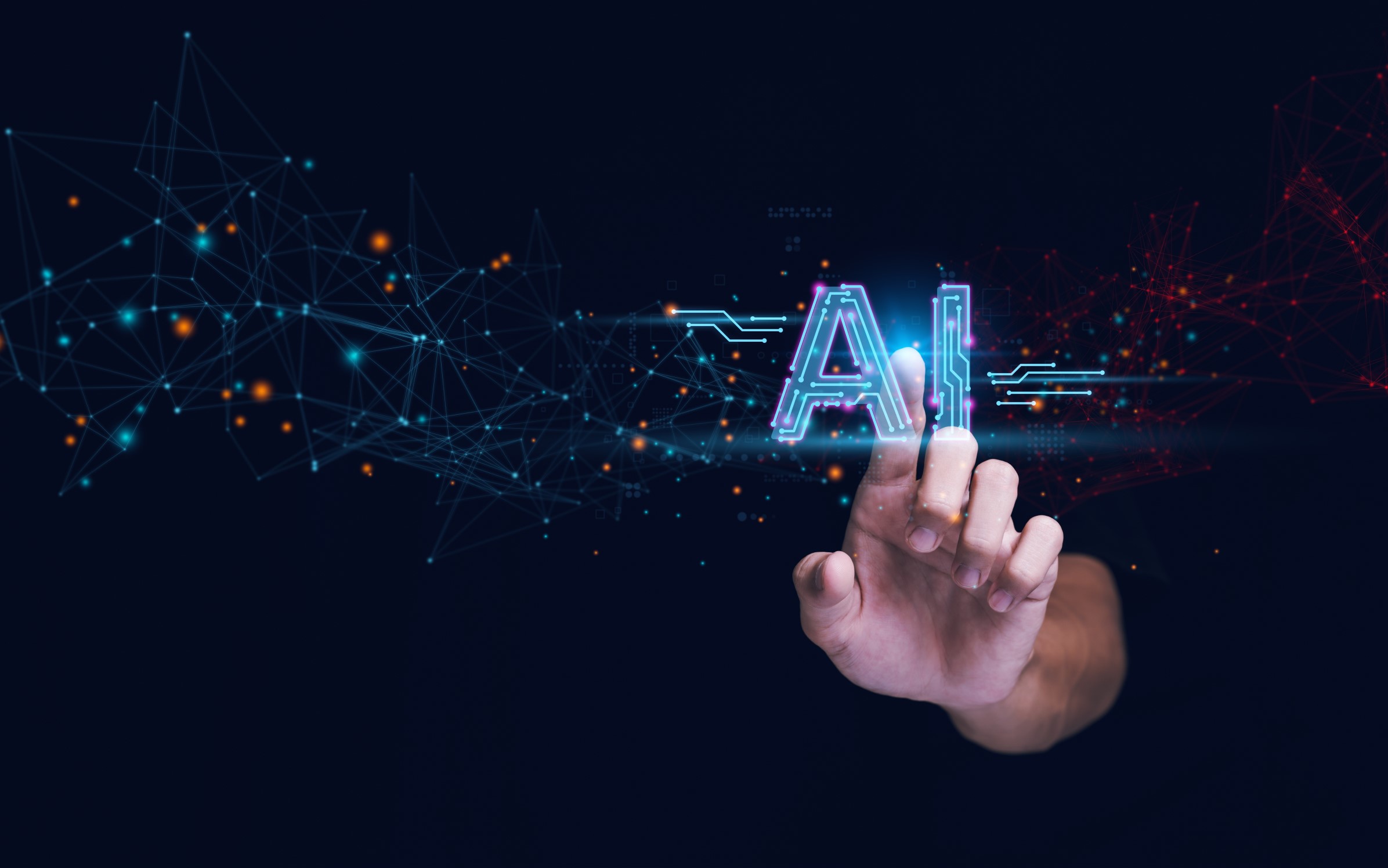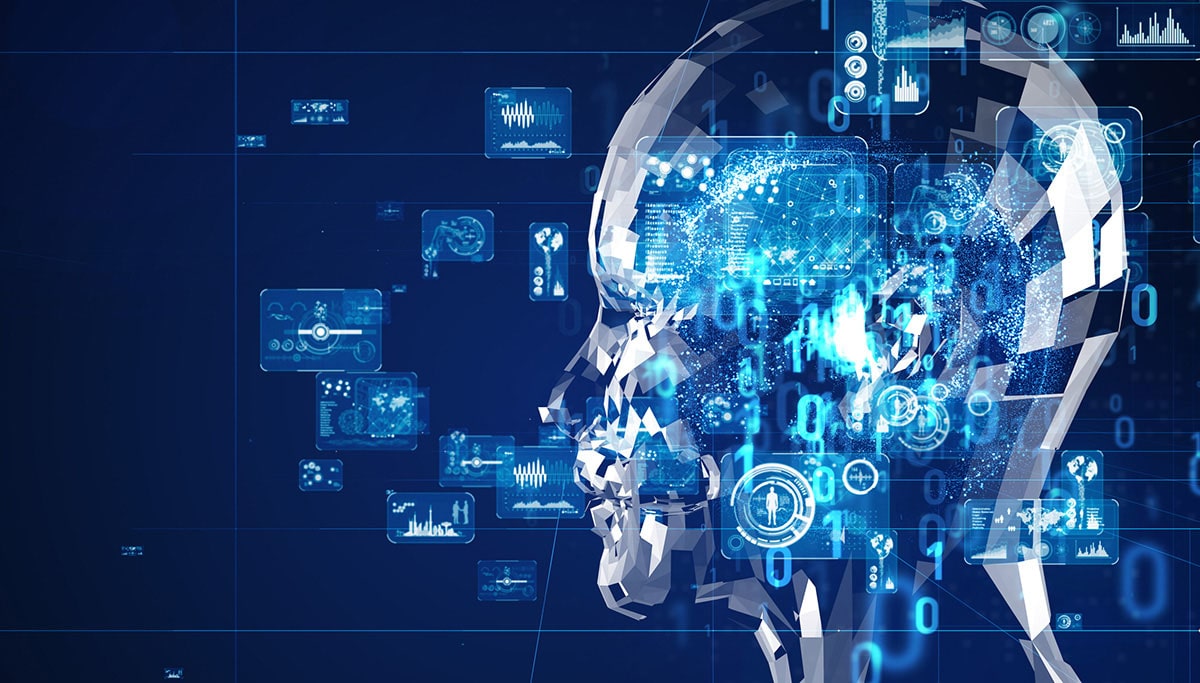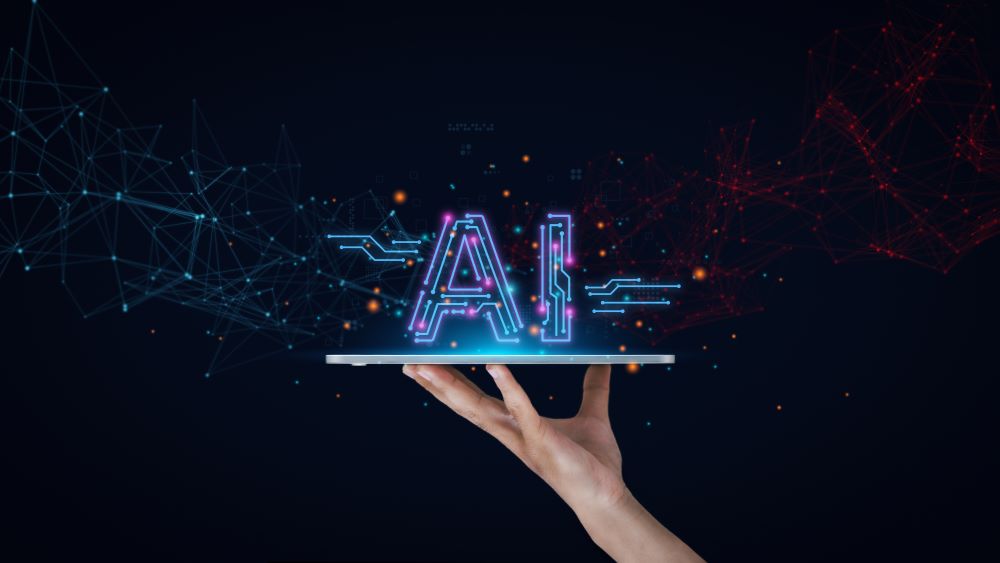How AI Is Transforming Visual Storytelling: Trends, Strategies, and Future Insights
In the rapidly evolving digital landscape, AI visual technologies are redefining how stories are imagined, produced, and consumed. From social campaigns to cinematic experiences, artificial intelligence has become both a creative collaborator and an engine of efficiency. This article explores how AI visual innovation is reshaping visual storytelling—its emerging trends, creative strategies, challenges, and the road ahead.
1. The Rise of AI in Visual Content Creation
Artificial intelligence has become integral to modern visual creation. Over the past few years, AI visual tools have moved from experimental novelty to mainstream production assets used by designers, filmmakers, marketers, and journalists alike.
Thanks to progress in geometric deep learning (Bronstein et al., 2017) and diffusion-based generative modeling (Ho et al., 2020), machines can now interpret artistic prompts, understand context, and generate visuals that feel deeply human. This transformation signifies a paradigm shift—storytelling is no longer confined to human imagination alone but amplified through algorithmic creativity.

2. Key Trends Driving the AI Visual Revolution
The evolution of AI visual storytelling is driven by several interconnected trends reshaping creative industries worldwide.
2.1 Large-Scale Hyper-Personalization
AI enables large-scale personalization, tailoring visuals to each audience segment in real time. Using behavioral data and preference modeling, brands can deliver AI visual narratives that resonate individually yet scale globally.
2.2 Text-to-Visual Innovation
With the emergence of text-to-image and text-to-video diffusion models (Ho et al., 2020), creators can describe a concept in words and instantly see it visualized. This AI visual capability bridges the gap between language and imagination—turning abstract ideas into tangible media assets.
2.3 Accelerated Creative Cycles
Automated AI visual workflows shorten production cycles dramatically. Tasks that once required weeks—storyboarding, rendering, visual adaptation—can now be completed in hours. This acceleration frees human creators to focus on strategy and storytelling.
2.4 Blurring the Line Between Real and Synthetic
Neural rendering technologies such as NeRF (Mildenhall et al., 2020) are merging physical and digital realities. The result is a new aesthetic frontier where AI visual outputs challenge the viewer’s sense of authenticity, prompting fresh ethical and artistic debates.
3. Strategies for Integrating AI into Creative Workflows
To harness the full potential of AI visual tools, creators and organizations must adopt thoughtful, human-centered strategies.
3.1 Start with a Creative Blueprint
Before deploying automation, teams should define their narrative intent, mood, and message. The AI visual system should serve this vision, not dictate it. A clear blueprint ensures that AI complements, rather than replaces, human creativity.
3.2 Use AI for Ideation and Prototyping
AI excels at early-stage exploration—rapidly generating variations, color schemes, and conceptual drafts. By integrating AI visual tools during ideation, teams can iterate faster and uncover creative directions that traditional workflows might overlook.
3.3 Combine Human and AI Strengths
The synergy between human intuition and AI visual precision produces superior outcomes. While AI automates labor-intensive tasks, humans provide cultural context, emotional resonance, and strategic intent.
3.4 Optimize for Every Platform
Each digital platform—from social media to immersive XR—demands specific visual formats and pacing. AI visual optimization algorithms can automatically adapt content while preserving design integrity and brand consistency.

4. Future Insights: The Direction of AI Visual Content
Looking forward, AI visual storytelling will expand across several transformative directions.
4.1 Real-Time, Data-Driven Creation
Future systems will leverage audience data to create AI visual narratives that adapt dynamically to viewer behavior, enabling real-time, personalized storytelling at scale.
4.2 Multimodal and Immersive Narratives
Building on neural rendering research (Mildenhall et al., 2020), AI will merge image, sound, and interactivity into seamless multimedia experiences across AR, VR, and web.
4.3 Composable Asset Ecosystems
Brands will develop internal AI visual libraries—templates, style assets, and reusable 3D components—enabling rapid creative assembly and stylistic coherence (Yi et al., 2016).
4.4 Virtual-Reality Fusion
AI-driven 3D generation and spatial design will fuel immersive experiences, blending real-world visuals with synthetic environments in the metaverse (Bronstein et al., 2017).
4.5 Regulation and Ethics
As AI visual media proliferates, frameworks for copyright, provenance, and disclosure will evolve. Transparent labeling of AI-generated imagery will become vital for maintaining trust.
4.6 Education and Skill Transformation
Creative professionals will need new skills—prompt design, algorithmic curation, and AI collaboration—to remain competitive in an AI visual economy.
5. Challenges to Consider
Even as AI visual systems revolutionize creation, they raise important challenges.
5.1 Copyright and Originality
Training datasets may include copyrighted material, complicating ownership and attribution (Ho et al., 2020). Clear governance is essential.
5.2 Consistency and Quality Control
Maintaining aesthetic consistency across automated outputs demands human direction and visual review.
5.3 Authenticity and Trust
AI-generated visuals can mimic photography so closely that truth becomes ambiguous. Disclosure protocols help preserve credibility.
5.4 Bias and Ethical Risks
Biased data yields biased visuals. Responsible teams must audit AI visual outputs for fairness and inclusivity.
5.5 Skill Gaps and Workforce Transition
Creative professionals must upskill to master AI visual pipelines and avoid obsolescence.
5.6 Over-Reliance on Automation
AI should augment—not replace—human imagination. Balance ensures originality and meaning remain intact.
6. Why Now Is the Time to Embrace AI Visual Tools
Six strategic forces make this the moment to act.
6.1 Competitive Advantage
Early adopters of AI visual platforms gain speed, efficiency, and creative differentiation.
6.2 Cost and Efficiency Gains
Automation lowers production costs dramatically, freeing resources for narrative development.
6.3 Rising Audience Expectations
Today’s audiences expect immediacy and interactivity. AI visual systems satisfy this demand effortlessly.
6.4 Scalable Creativity
AI pipelines enable consistent storytelling across languages and regions.
6.5 New Narrative Forms
Diffusion-based text-to-visual systems (Ho et al., 2020) open doors to interactive and multimodal storytelling.
6.6 A Mature Tool Ecosystem
Platforms like Midjourney, Runway, and Adobe Firefly have democratized AI visual generation .
Table 3. Benefits of Adopting AI Visual Systems Now
| Benefit | Description | Strategic Outcome |
|---|---|---|
| Competitive Edge | Early AI visual adoption enhances differentiation | Leads in innovation |
| Cost Efficiency | Reduces manual effort | Reinvest in creative strategy |
| Personalization | Generates tailored visuals instantly | Boosts engagement |
| Scalable Creativity | Expands reach globally | Ensures consistency |
| Narrative Innovation | Enables new interactive forms | Positions brands as pioneers |
| Ecosystem Readiness | Mature platforms lower barriers | Accelerates adoption |
7. Conclusion: Navigating the AI Visual Future
7.1 The Transformation of Visual Language
AI visual technologies extend human imagination, fusing art with computation. This revolution rests on four pillars: hyper-personalization, text-to-visual innovation, accelerated creative cycles, and blurred reality.
7.2 Strategic Integration for Sustainable Success
Success depends on structure—starting with blueprints, prototyping, hybrid collaboration, and platform optimization.
7.3 Balancing Innovation and Responsibility
The AI visual future must balance speed with ethics, automation with authenticity, and innovation with transparency.
7.4 The Moment to Act
This is the decisive moment to embrace AI visual tools—when technology, accessibility, and audience readiness align.
From a media perspective, the rise of AI visual creation is not just a technological shift but a new chapter in human expression.

8. Looking Forward: Textideo and the Next Wave of AI Visual Innovation
Ready to explore the next frontier of AI visual and 3D content generation? Discover how the principles behind geometric deep learning (Bronstein et al., 2017), diffusion models (Ho et al., 2020), and neural radiance fields (Mildenhall et al., 2020) are being realized through groundbreaking tools like Textideo.
At Textideo, innovation meets imagination—enabling creators to craft immersive, data-driven, and interactive AI visual experiences that push the limits of what storytelling can be. Whether you’re prototyping campaigns, generating dynamic visuals, or exploring 3D narratives, Textideo is where the future of creative intelligence begins.
References
- Bronstein, M. M., Bruna, J., LeCun, Y., Szlam, A., & Vandergheynst, P. (2017). Geometric Deep Learning: Going Beyond Euclidean Data. IEEE Signal Processing Magazine, 34(4), 18–42.
- Ho, J., Jain, A., & Abbeel, P. (2020). Denoising Diffusion Probabilistic Models. Advances in Neural Information Processing Systems, 33, 6840–6851.
- Mildenhall, B., Srinivasan, P. P., Tancik, M., Barron, J. T., Ramamoorthi, R., & Ng, R. (2020). NeRF: Representing Scenes as Neural Radiance Fields for View Synthesis. Communications of the ACM, 65(1), 99–106.
- Yi, L., Kim, V. G., Ceylan, D., Shen, I. C., Yan, M., Su, H., & Guibas, L. J. (2016). A Scalable Active Framework for Region Annotation in 3D Shape Collections. ACM Transactions on Graphics, 35(6), 1–12.
✏️Leave a Comment